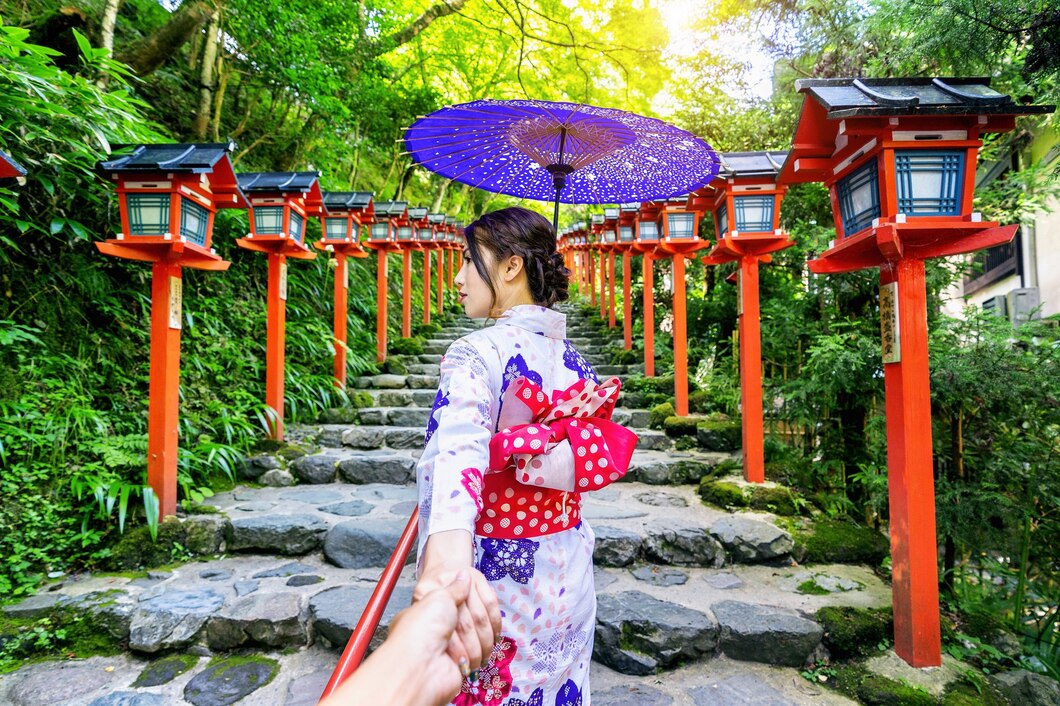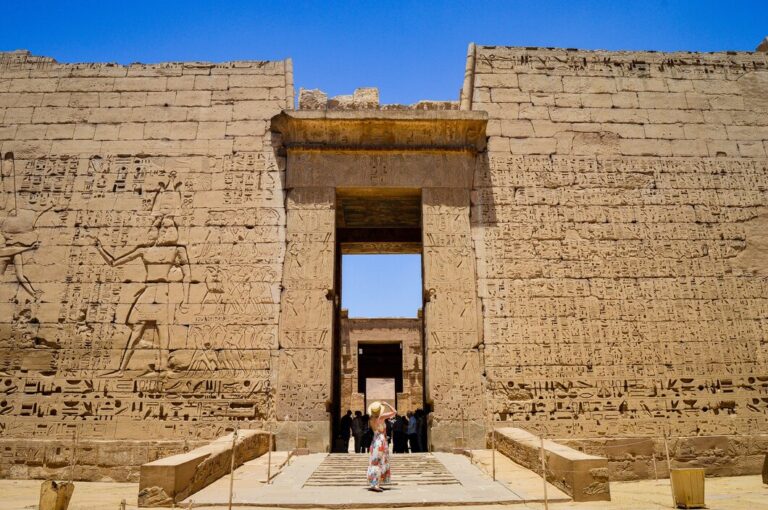9 Must See Temples In Kyoto Japan
Kyoto, once the capital of Japan, is renowned for its rich cultural heritage and historical significance. The city is home to an impressive array of temples, each offering a unique glimpse into Japan’s spiritual and architectural traditions. From grand Zen monasteries to serene Shinto shrines, Kyoto’s temples are integral to understanding the city’s deep-rooted history and cultural practices. Here are nine must-see temples in Kyoto that showcase the city’s historical and spiritual essence.
Kinkaku-ji (Golden Pavilion)
Kinkaku-ji, also known as the Golden Pavilion, is one of Kyoto’s most iconic temples. This Zen Buddhist temple, originally built in 1397, is renowned for its stunning golden exterior, which reflects beautifully in the surrounding pond. The temple is a masterpiece of Japanese architecture, harmoniously blending with its meticulously landscaped gardens. Visitors are drawn to its shimmering facade and tranquil surroundings, making it a quintessential experience in Kyoto.
Kiyomizu-dera
Kiyomizu-dera, meaning “Pure Water Temple,” is famed for its wooden stage that juts out over the hillside, offering breathtaking views of Kyoto and the surrounding landscape. Established in 778 CE, this Buddhist temple is known for its historical significance and the scenic beauty of its location. The temple is especially popular during cherry blossom season and autumn when the surrounding trees are in full color, adding to the site’s charm.
Fushimi Inari Taisha
Fushimi Inari Taisha is celebrated for its thousands of vibrant red torii gates that create a mesmerizing tunnel up the slopes of Mount Inari. Dedicated to the Shinto deity Inari, the shrine is an important site for both locals and tourists. The path lined with these gates leads to various smaller shrines and offers panoramic views of Kyoto. The shrine’s unique architecture and the spiritual experience of walking through the gates make it a must-visit destination.
Ryoan-ji
Ryoan-ji is renowned for its rock garden, one of the finest examples of Zen landscaping in Japan. The temple’s minimalist rock garden features a carefully arranged pattern of rocks and gravel, designed to inspire meditation and contemplation. Founded in 1450, Ryoan-ji provides a serene environment that encourages visitors to reflect on the art of Zen and the beauty of simplicity.
Tofuku-ji
Tofuku-ji is known for its stunning Zen gardens, particularly the Tsutenkyo Bridge Garden and the Hojo Garden. Established in 1236, the temple is a prime example of Zen Buddhist aesthetics, combining natural beauty with architectural design. The temple’s gardens are especially renowned during the autumn months when the foliage creates a vibrant tapestry of colors, enhancing the already picturesque setting.
Nanzen-ji
Nanzen-ji, one of the largest and most important Zen Buddhist temples in Kyoto, offers a grand display of traditional Japanese architecture. Founded in 1291, the temple complex includes numerous sub-temples, gardens, and historical structures. Visitors can explore the expansive grounds, including the impressive Sanmon Gate and the beautiful Nanzen-in Garden, which showcases the elegance of Zen garden design.
Ginkaku-ji (Silver Pavilion)
Ginkaku-ji, or the Silver Pavilion, is a Zen temple originally constructed in 1482 as a retirement villa for shogun Ashikaga Yoshimasa. Although it was never covered in silver as initially intended, the temple remains a significant site for its understated beauty and harmonious integration with nature. The temple’s moss garden and strolling pond garden exemplify traditional Japanese landscape design, making it a peaceful retreat.
Kodaiji Temple
Kodaiji Temple, founded in 1605 by the wife of samurai general Toyotomi Hideyoshi, is renowned for its exquisite gardens and historical significance. The temple features beautifully designed Zen gardens, including the impressive Zen rock garden and the picturesque tea garden. The temple also houses a collection of historical artifacts and provides a tranquil atmosphere for visitors seeking a deeper understanding of Kyoto’s cultural heritage.
Heian Shrine
Heian Shrine, established in 1895, is relatively modern compared to Kyoto’s ancient temples but offers a unique perspective on Shinto architecture and garden design. The shrine’s main hall is modeled after the Imperial Palace, and the surrounding gardens are known for their seasonal beauty. The shrine is particularly popular during the cherry blossom season when the gardens are in full bloom, providing a striking contrast to the traditional temple landscape.
Conclusion
Kyoto’s temples offer a rich tapestry of historical, architectural, and spiritual experiences. Each temple, from the grandeur of Kinkaku-ji to the serene simplicity of Ryoan-ji, provides a unique window into Japan’s cultural and religious traditions. Exploring these sites allows visitors to appreciate the depth of Kyoto’s heritage and the beauty of its well-preserved historical treasures.







